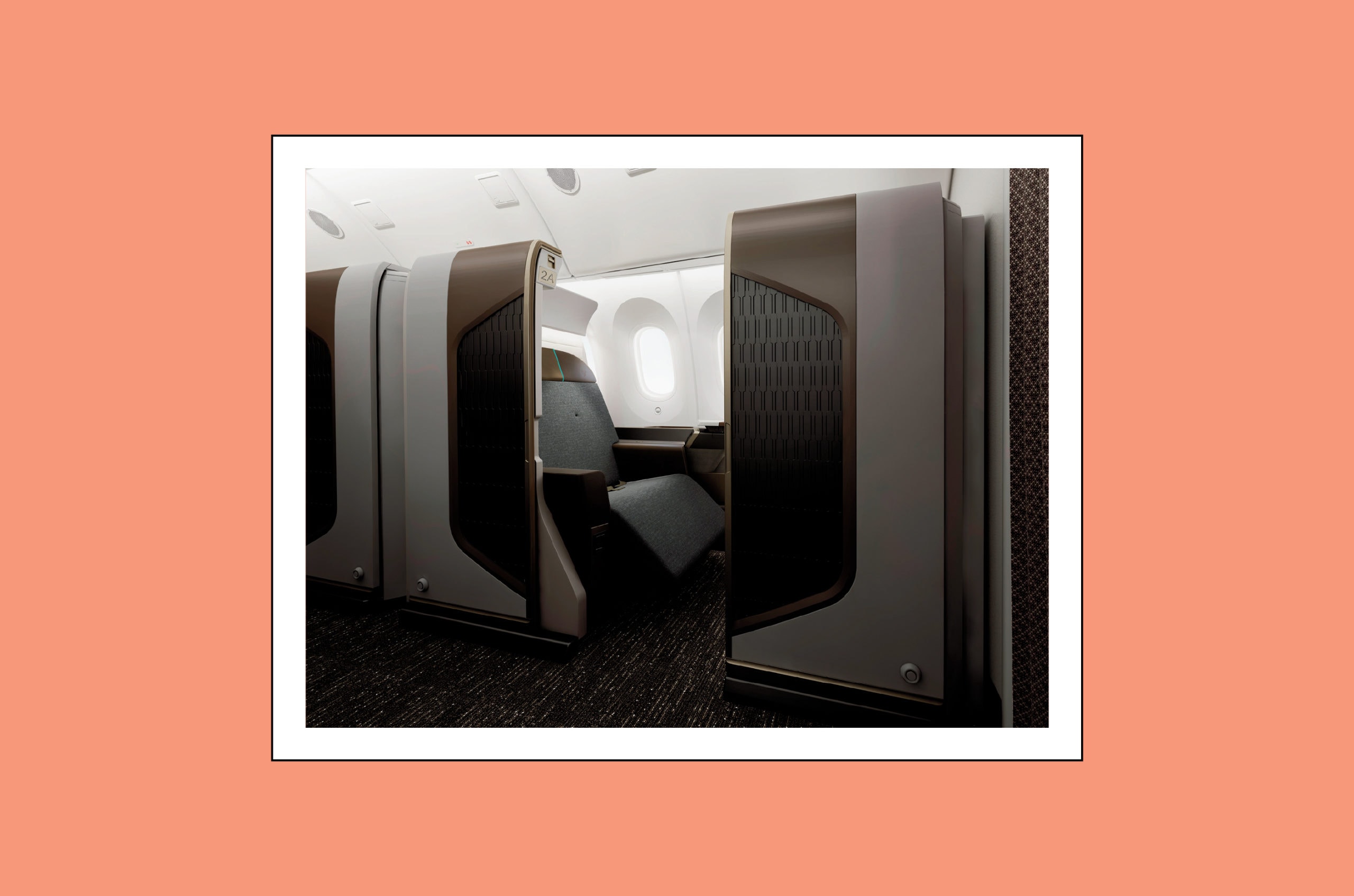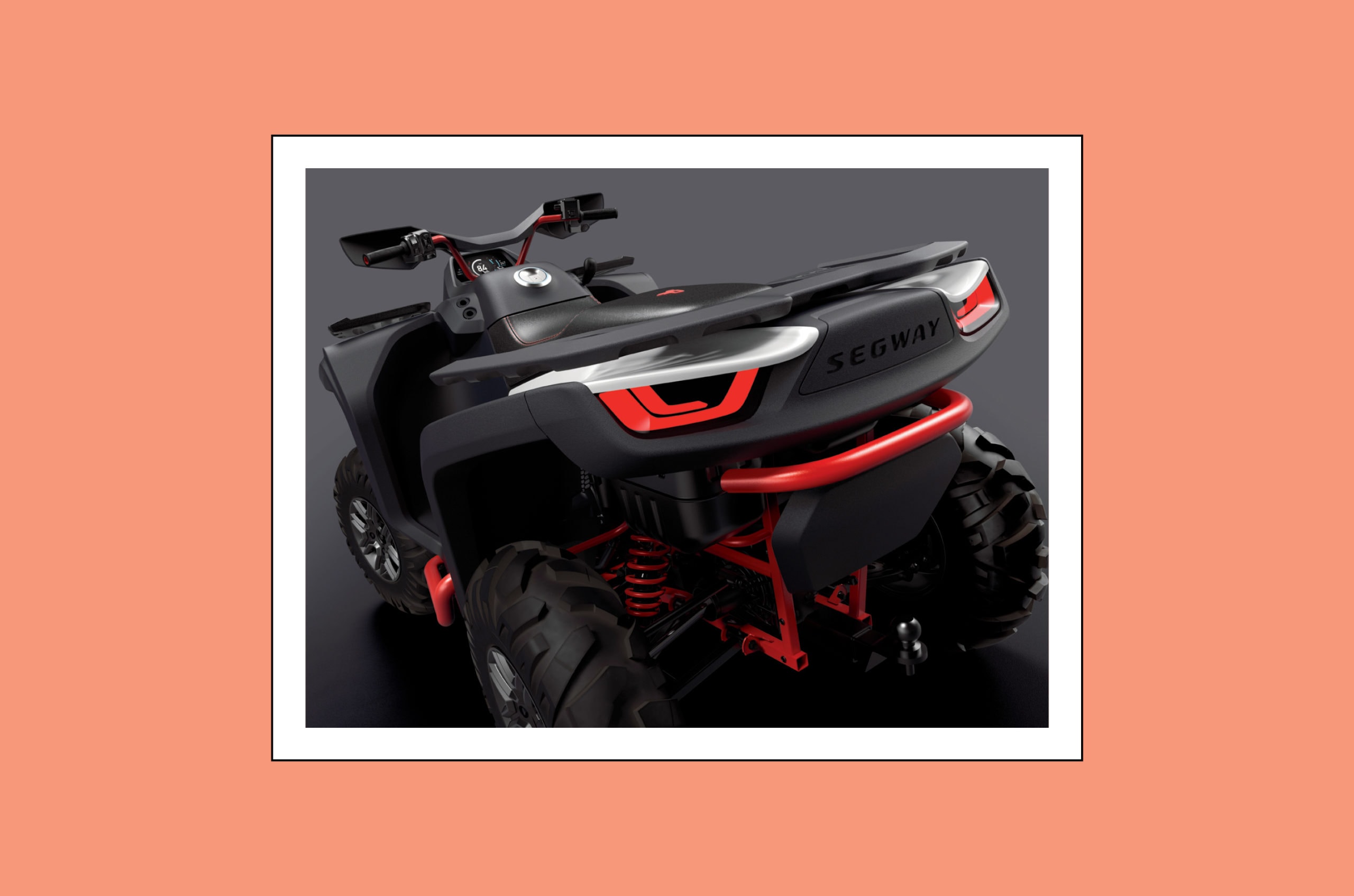For Teague, Tech Is More Than a Tool; It’s Coded Into Its Designs
Share

In It Takes Ten, leaders from 10 of the industry’s top design houses share their thoughts on the creative process, sources of inspiration and the many diverging strategies that guide their work. In this section, Teague traces the contours of technology in its practice.
Google, Intel, Amazon and Microsoft are among the big tech names that populate Teague’s client roster. Its work spans everything from voice user interfaces to tools and methodologies that harness the power of big data, and it is these ties to the tech world that John Barratt, president and CEO of the design consultancy, finds most instructive as he contemplates the future of air travel.
“Understanding the science of sound, exploring how artificial intelligence will transform the travel industry – all of our knowledge and expertise in technology – inspires our work in aviation, both on the ground and in the air. But I’m most excited about how we’re using technology to pioneer our process,” Barratt says.
In Teague’s recent work with Segway to design the world’s first fleet of hybrid-electric off-road utility vehicles, it had to overcome an aggressive timeline and the nearly 6,000 miles that separated the team members involved. Having worked with virtual reality in the past, it was a natural fit, but “there wasn’t a good solution on the market that would enable the type of collaboration, design at scale, and real-time iteration we wanted to achieve,” Barratt says. As a result, the design house created one: Garage by Teague, which it is giving away for free on its website. “It’s a tool for anyone interested in prototyping at scale,” he adds.

As Barratt notes, we’re already seeing data science, artificial intelligence and machine learning at work in the travel space, from intelligent travel assistants and dynamic pricing to algorithms that serve up hyper-personalized travel itineraries. In the cabin, there is also a noticeably techier slant, with Emirates’ first-class suite, which Teague helped implement, boasting virtual windows with real-time projections from outside the aircraft and a video call function for service requests.
The goal isn’t to eschew craftmanship in favor of digital innovation, but to allow the two to flourish in relation to each other. For Oman Air’s business class, Teague ensured that rather than “bolting IFE elements into place as an afterthought,” it would integrate them from the outset. And in the carrier’s first class, the monitor casing has a subtle grill detail with a mood light behind it. “When the cabin lighting dims, a beautiful stone pattern inspired by Omani architecture is projected onto the privacy shroud,” Barratt says. This detail is his favorite, and proof that when carefully considered, digitally enhanced spaces can be inviting, too.
“It Takes Ten” was originally published in the 10.2 April/May issue of APEX Experience magazine.


